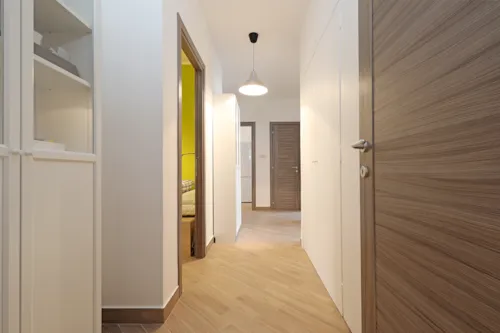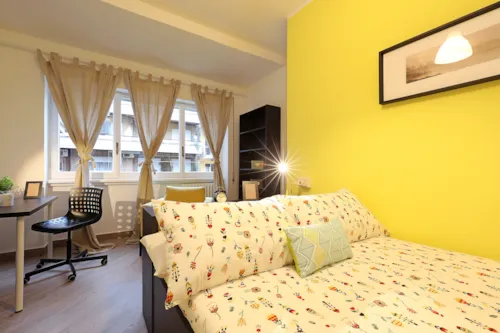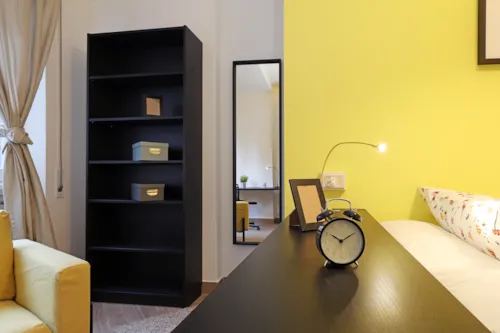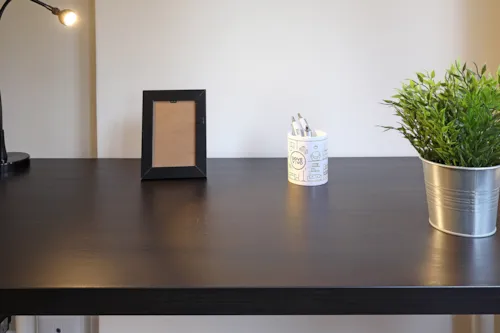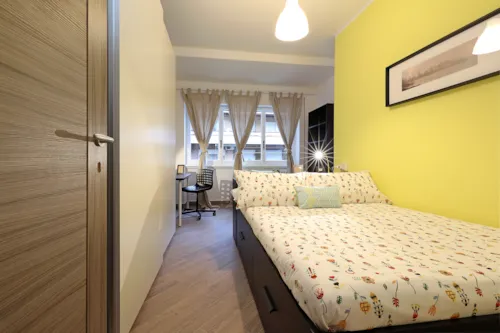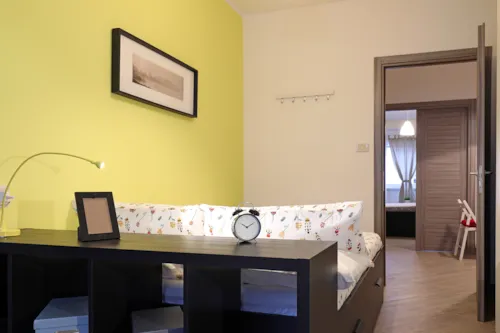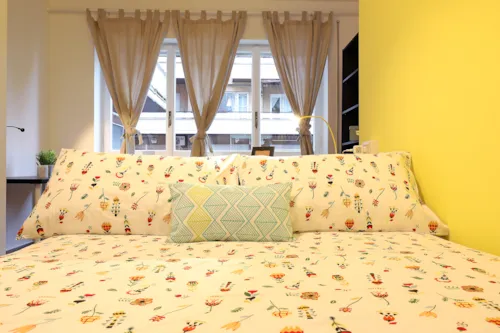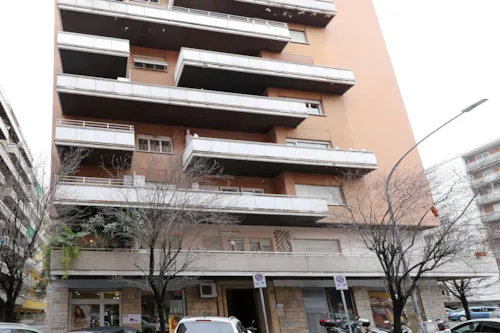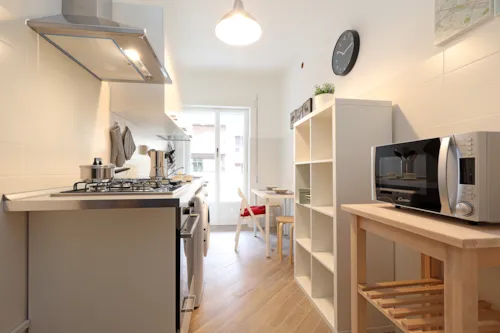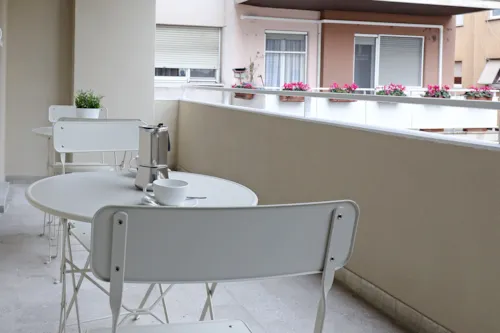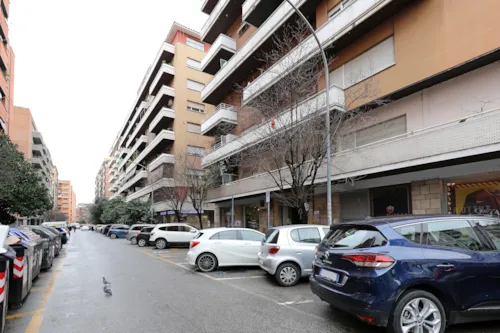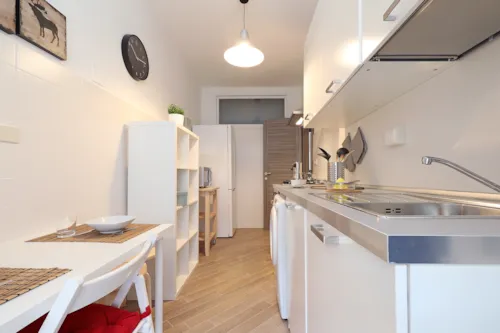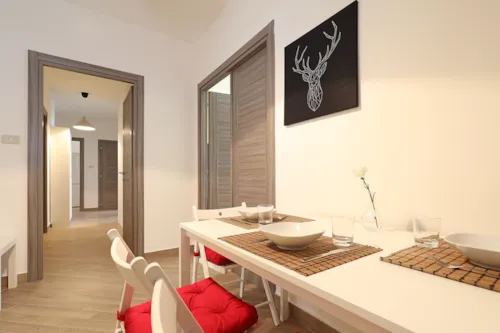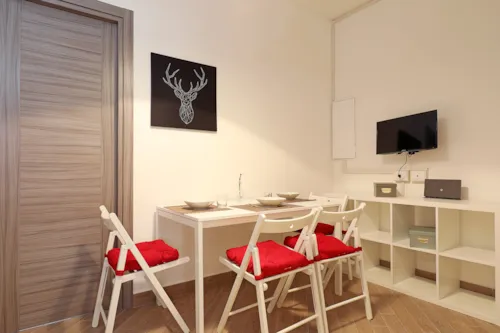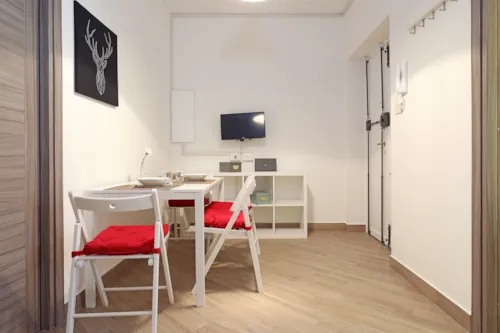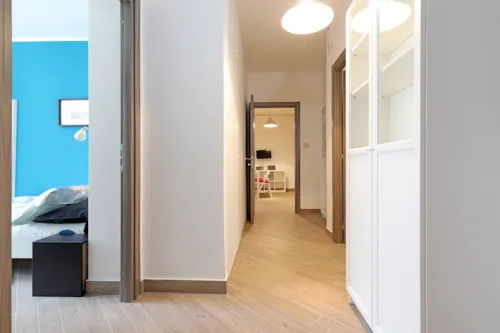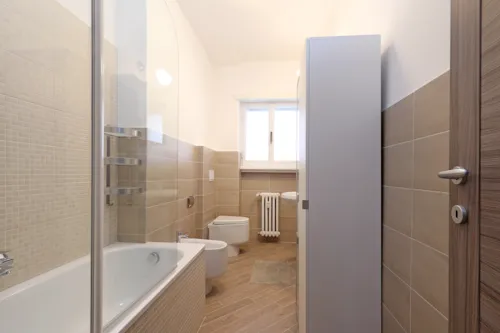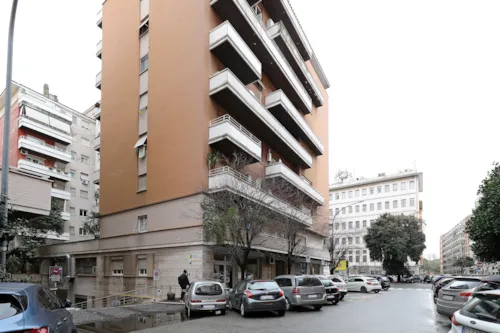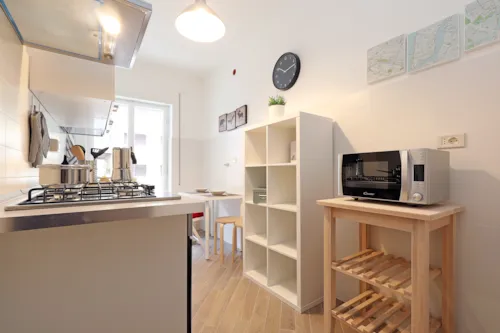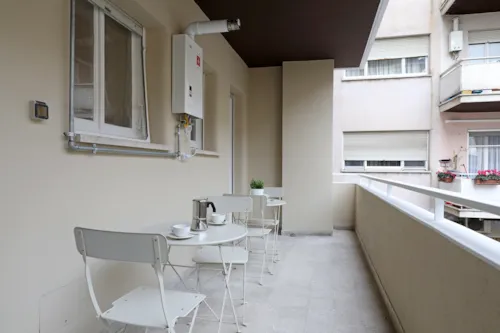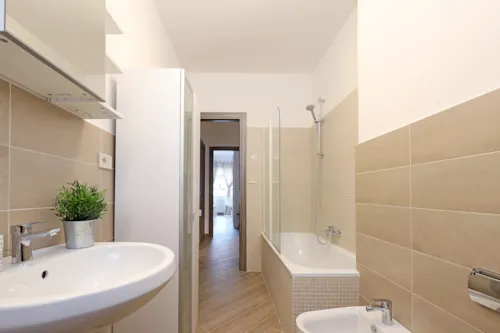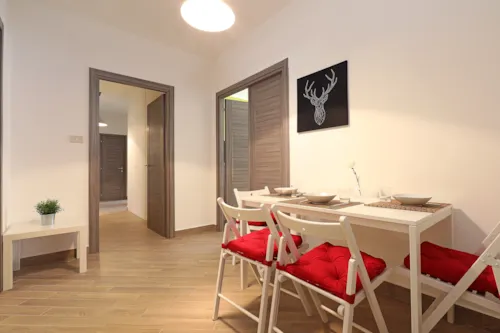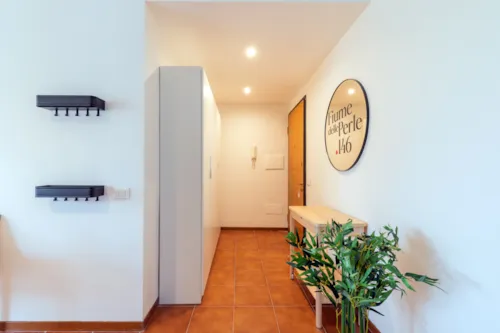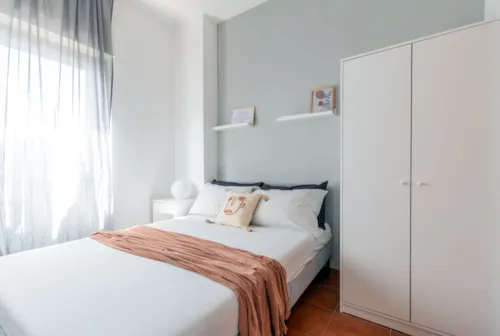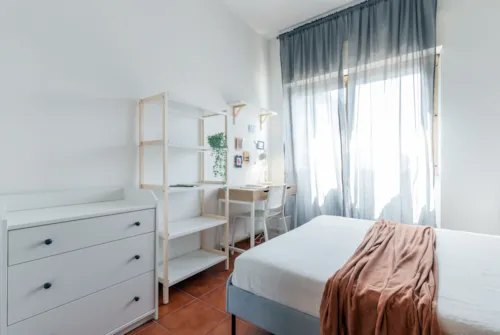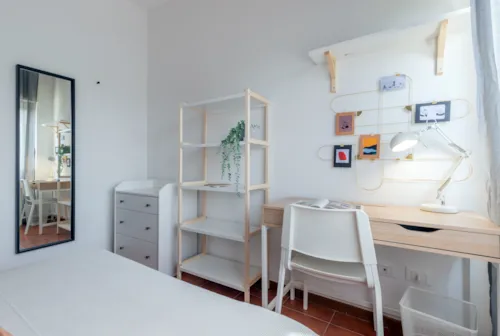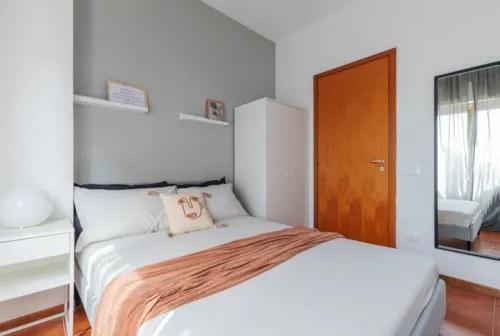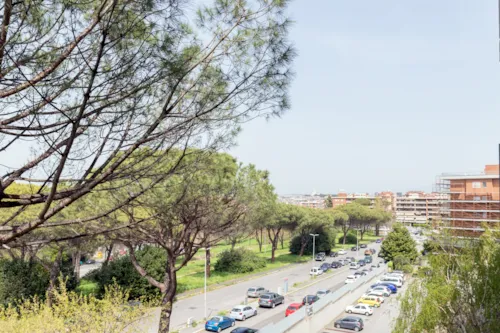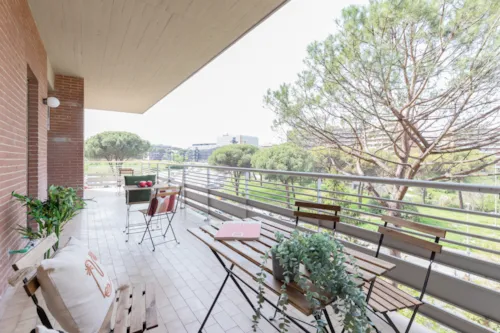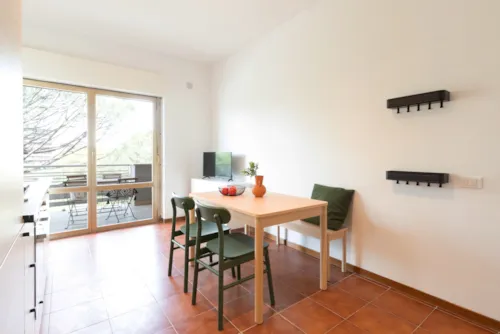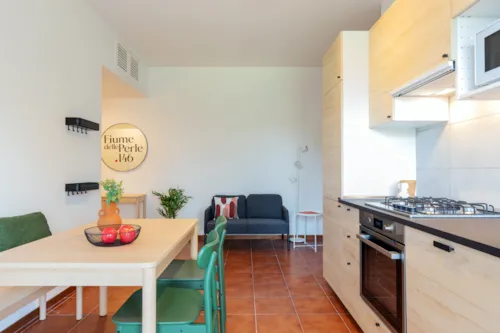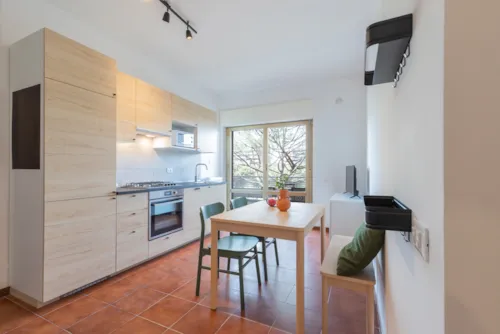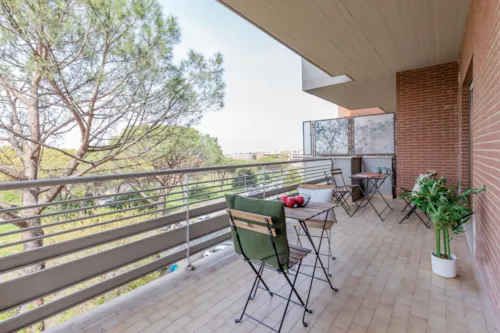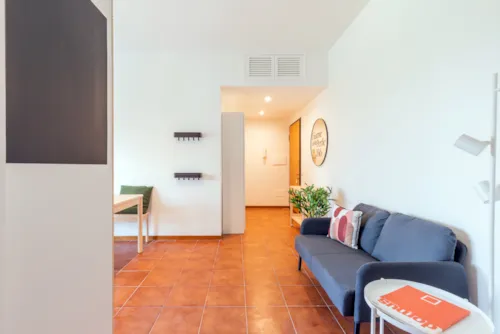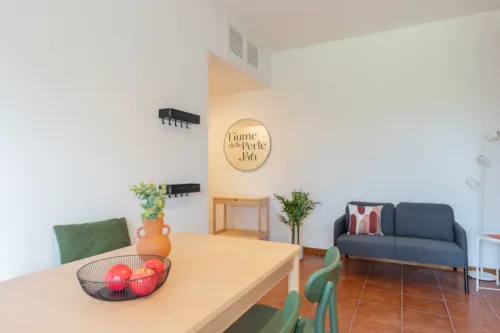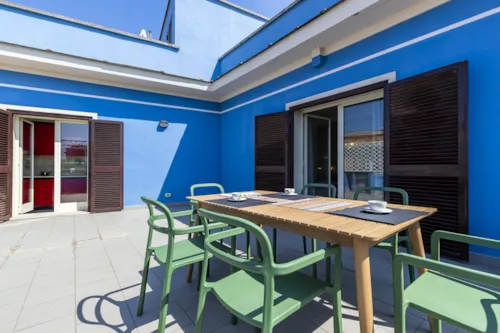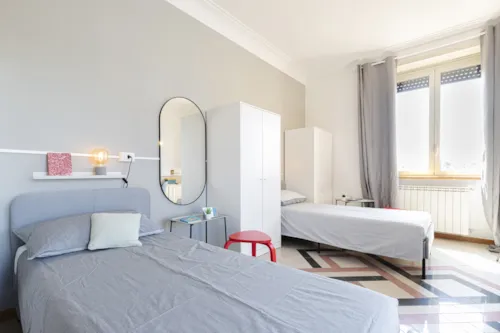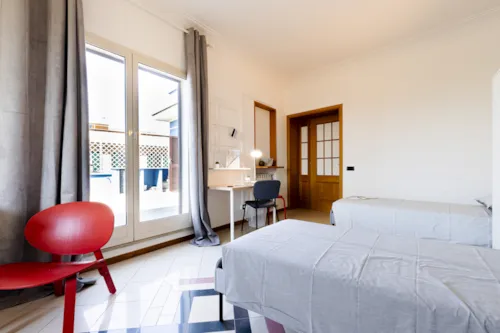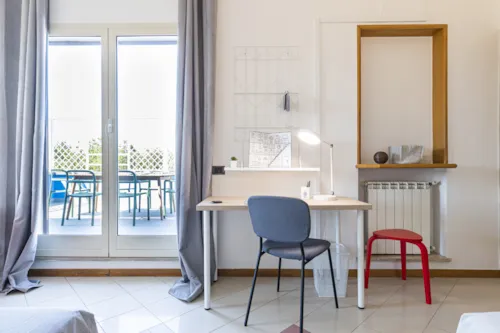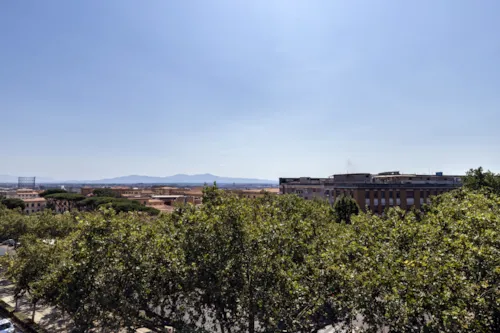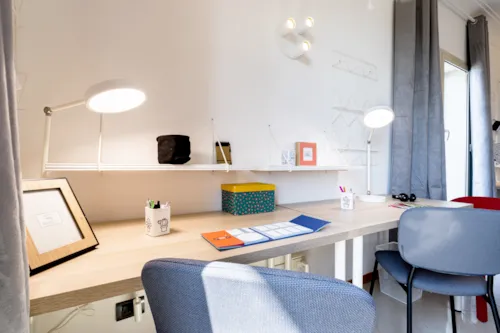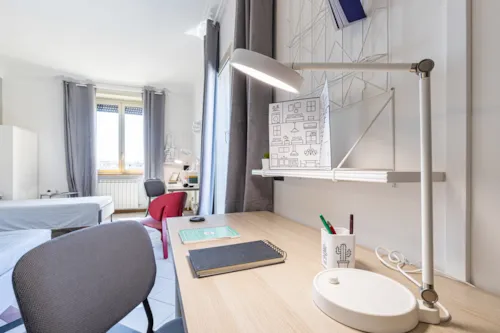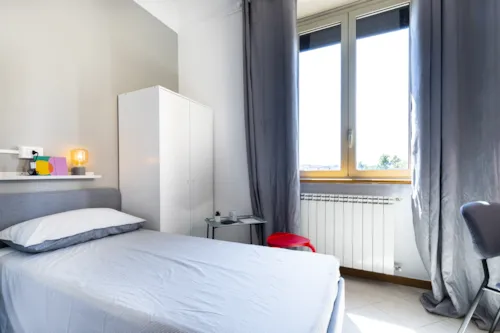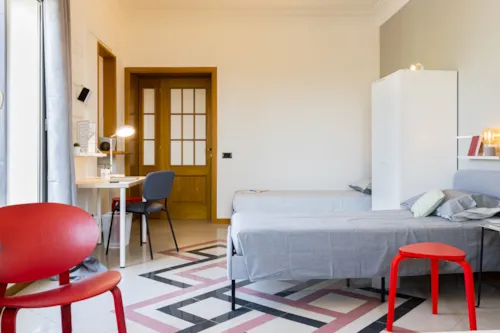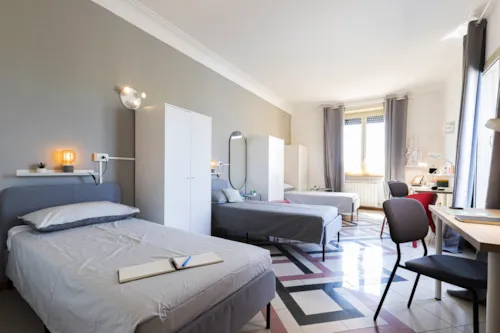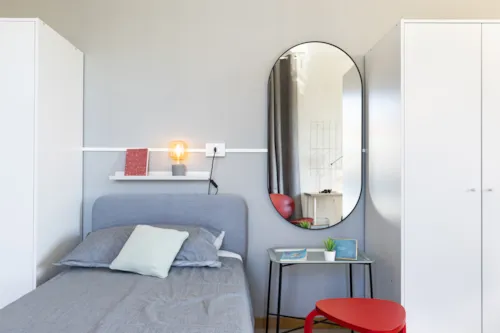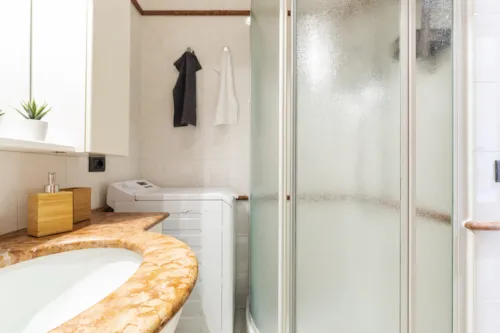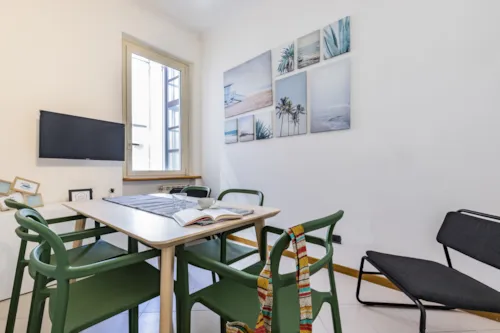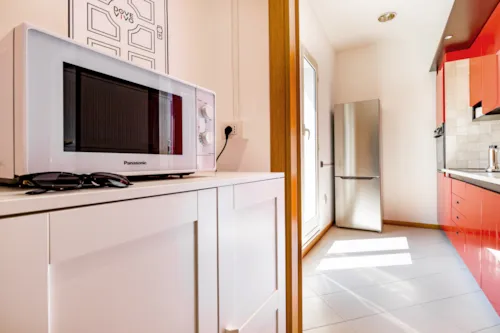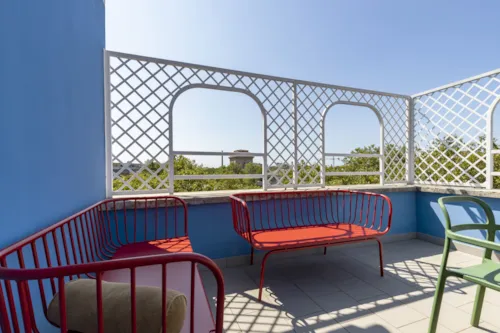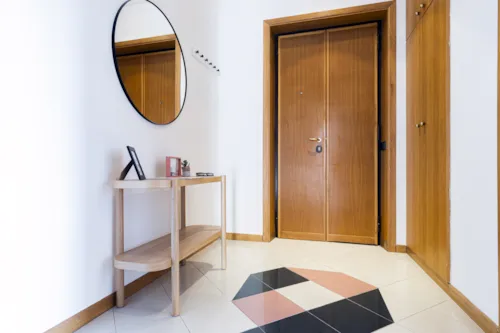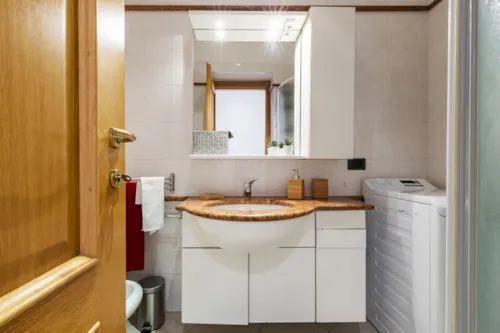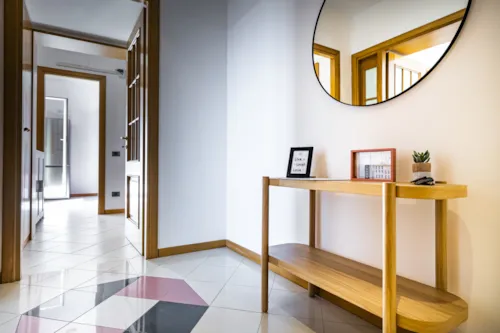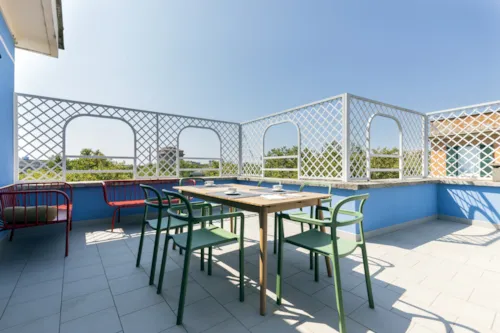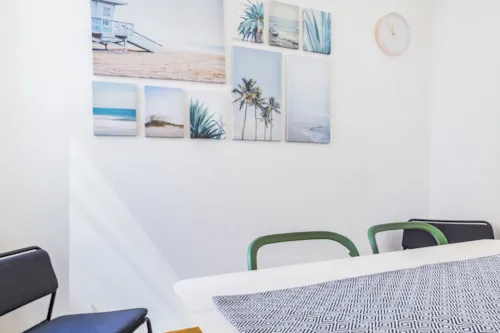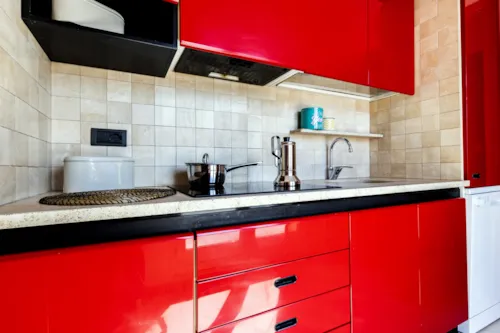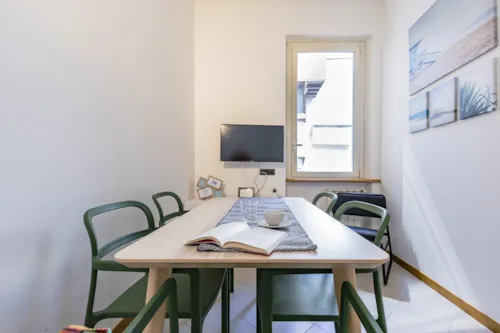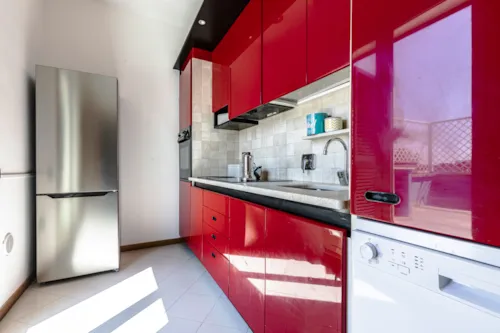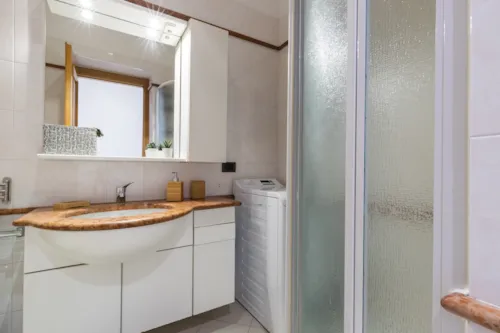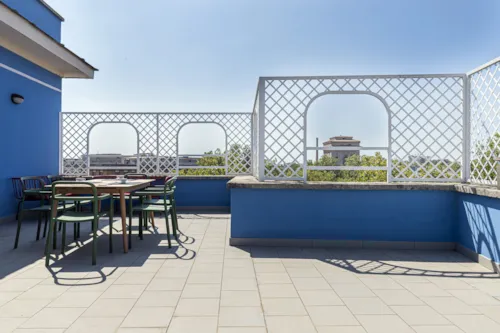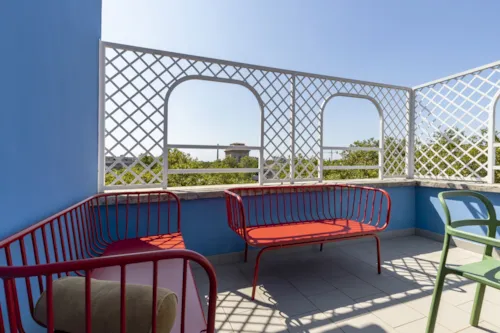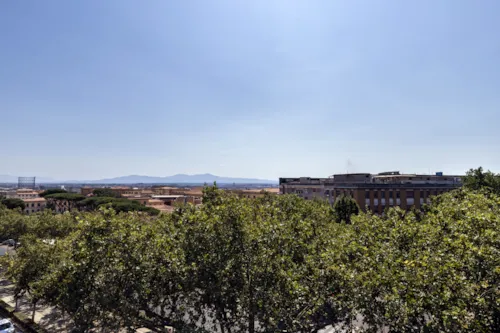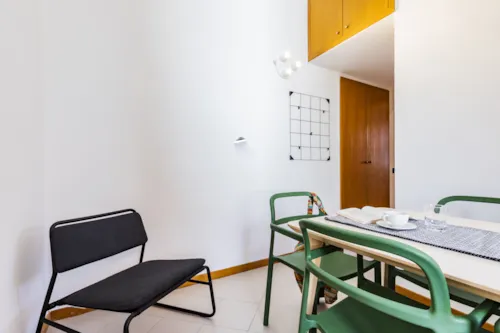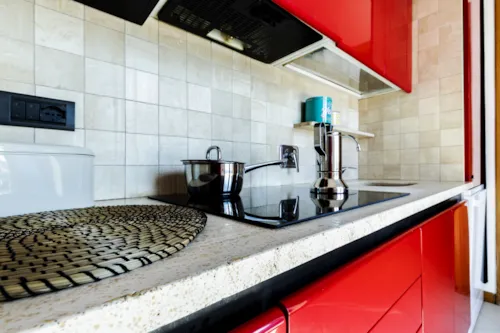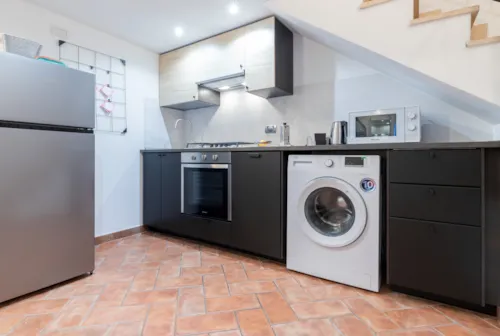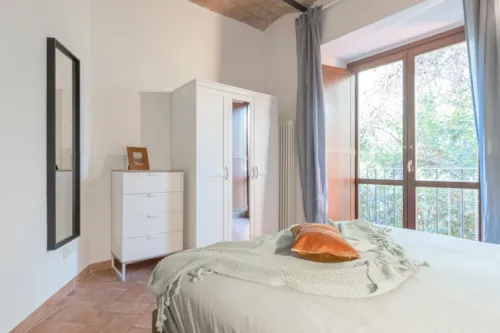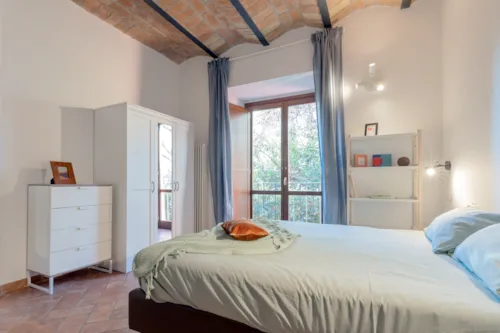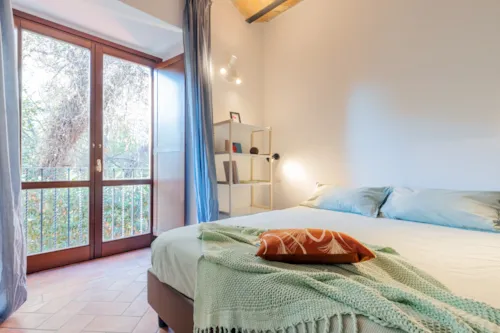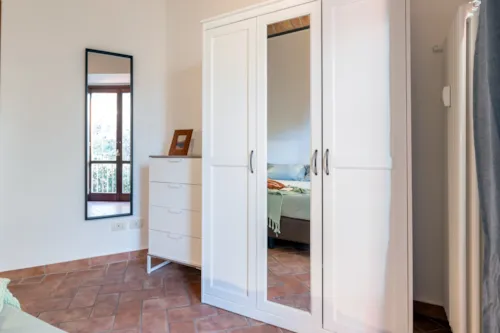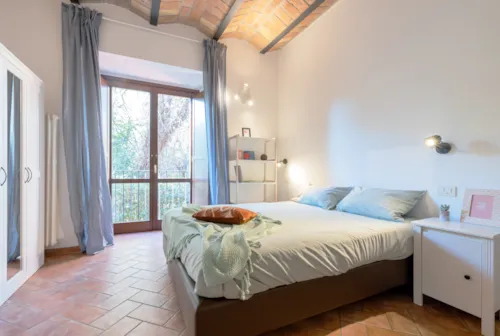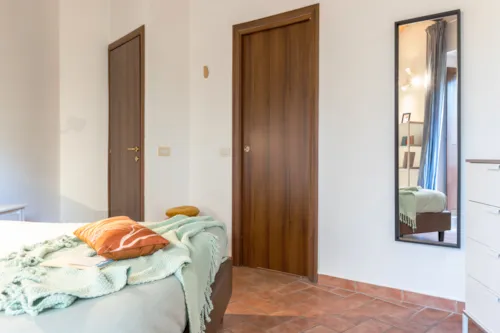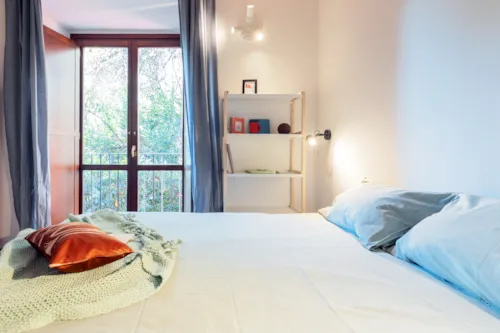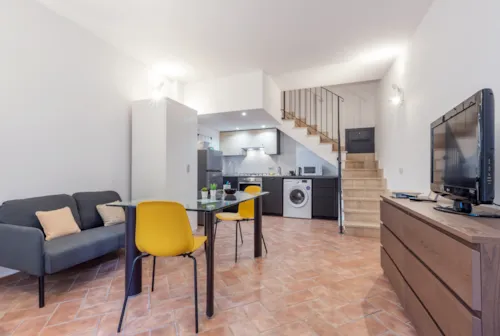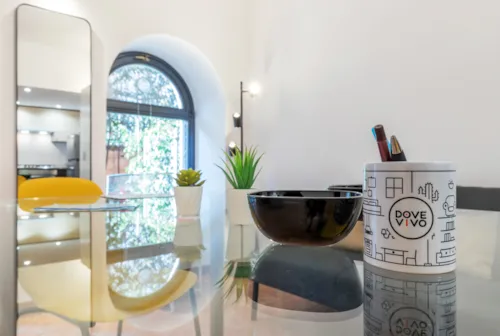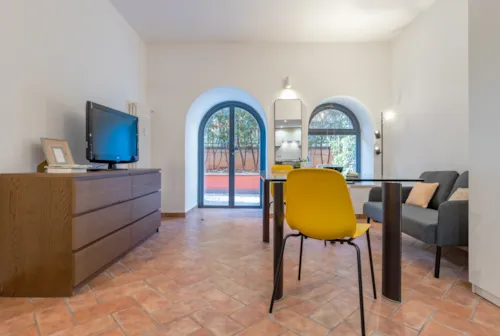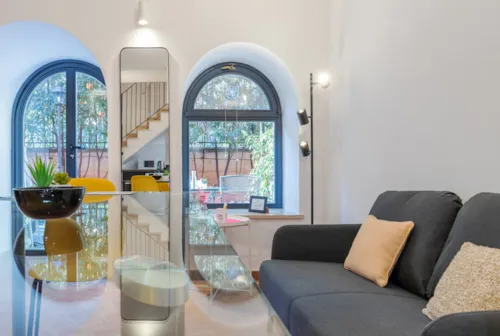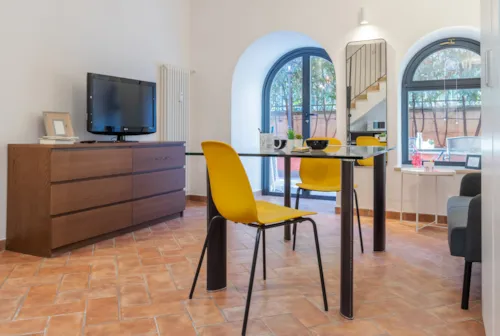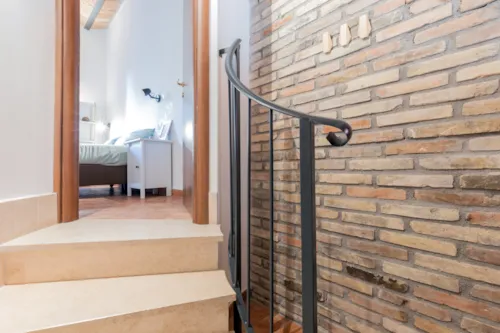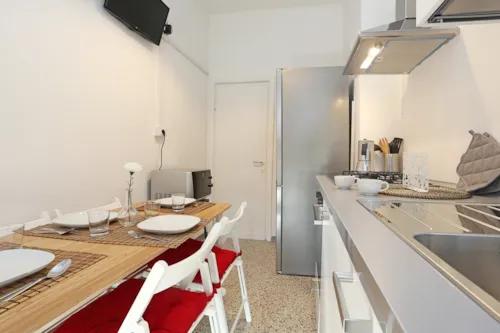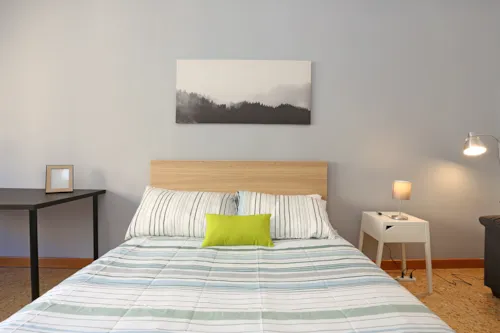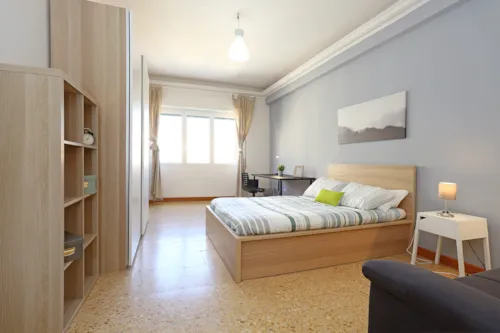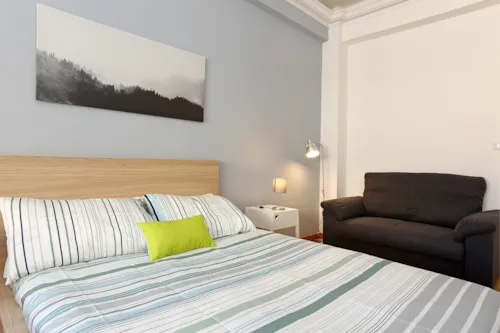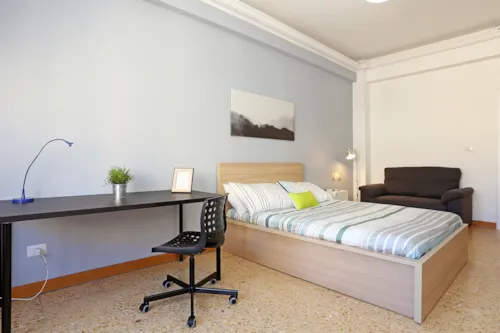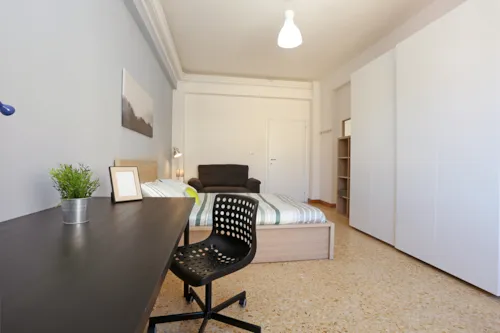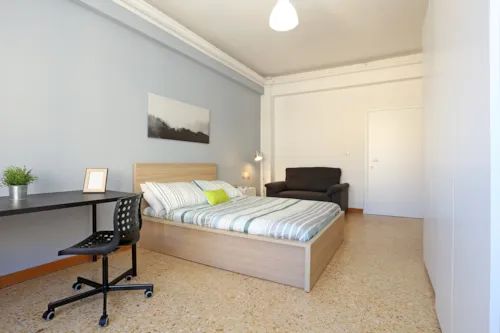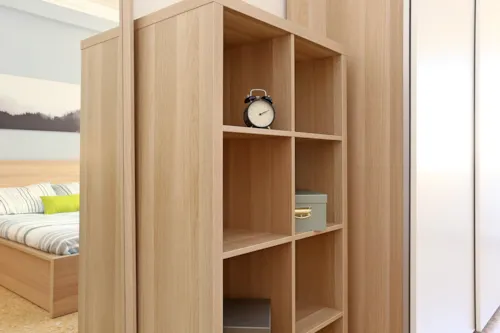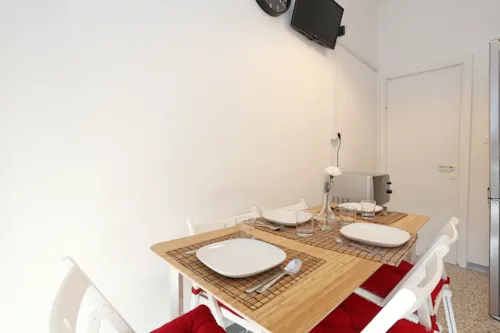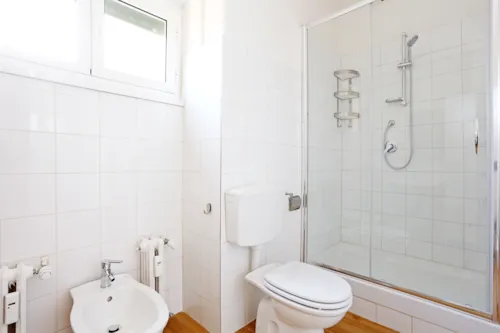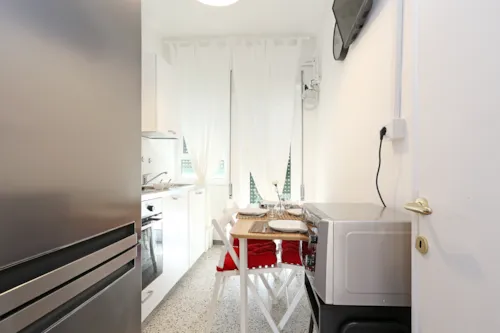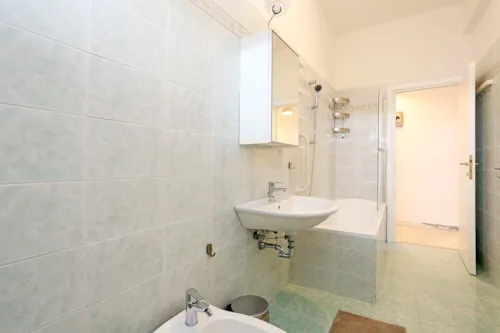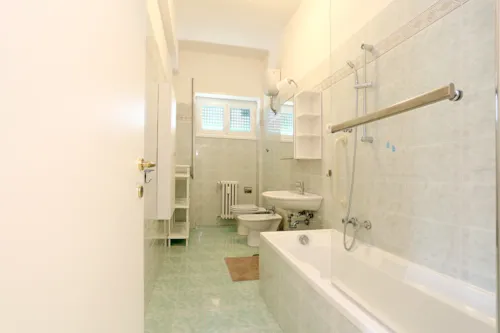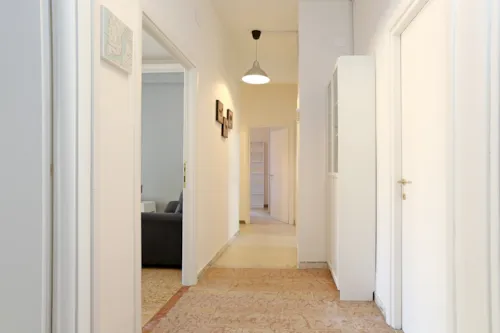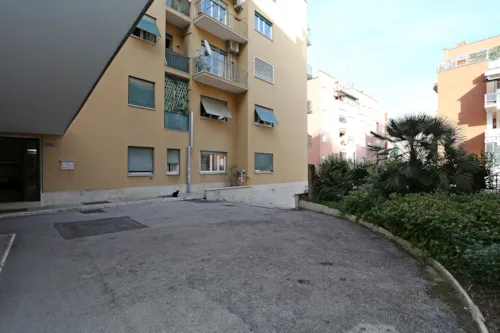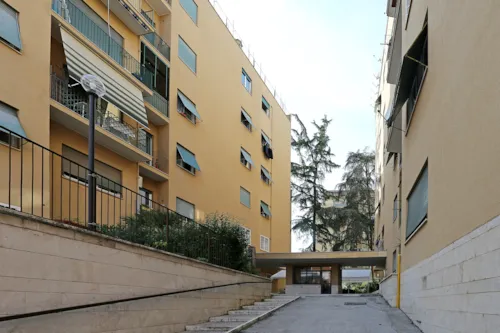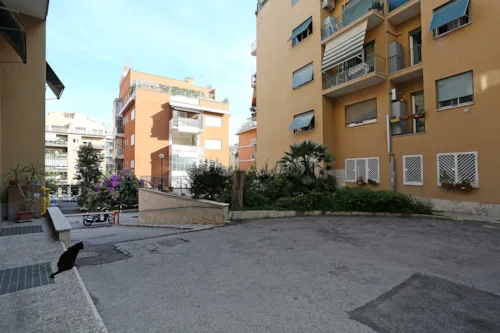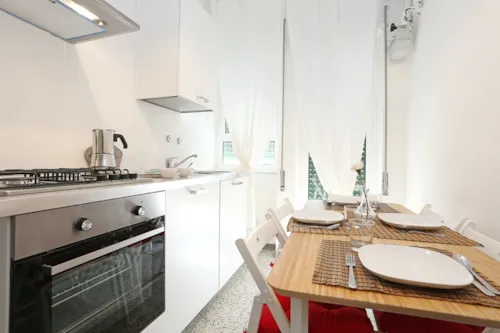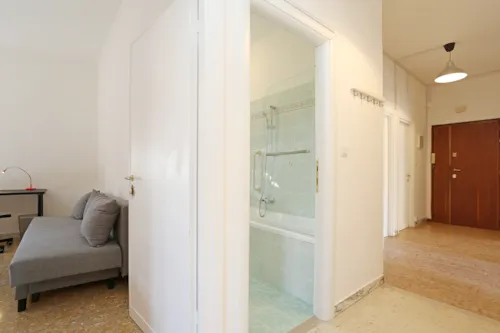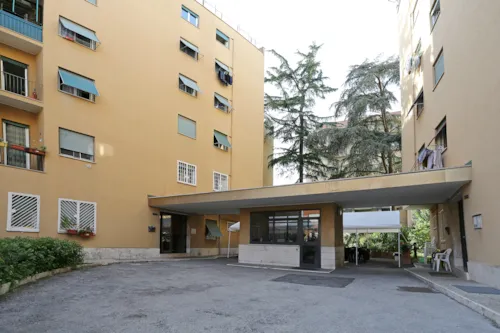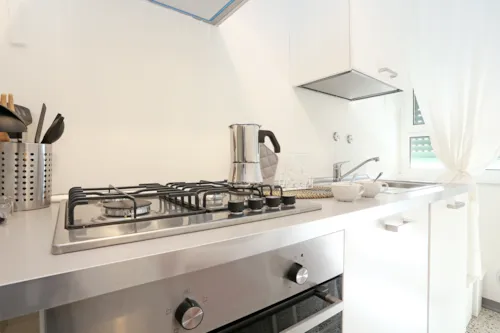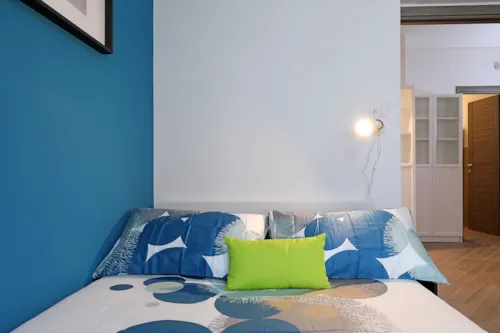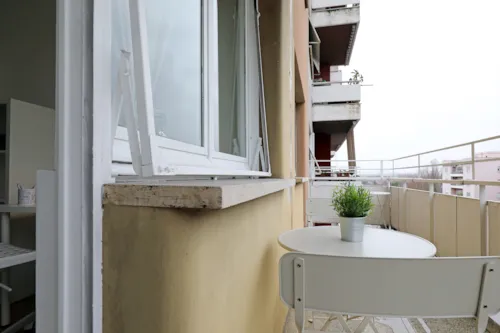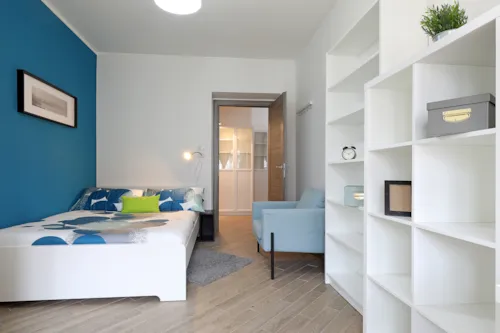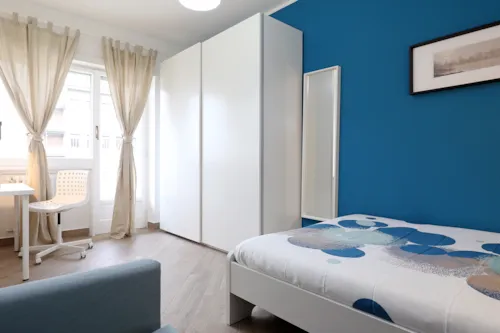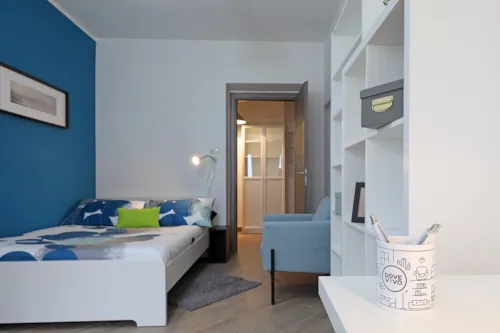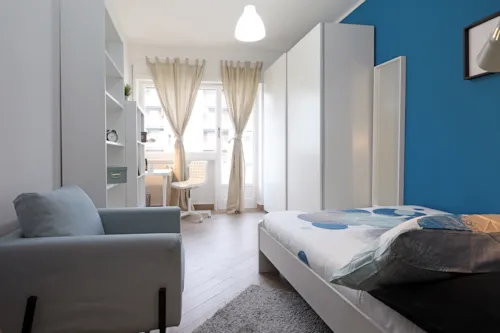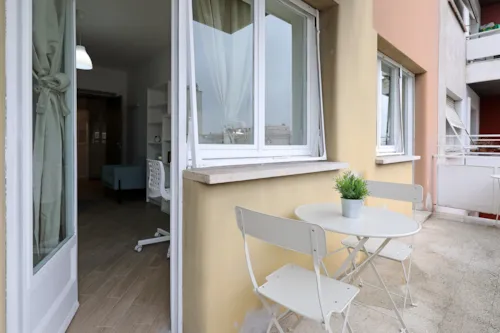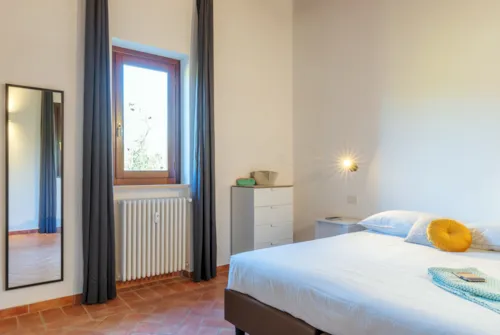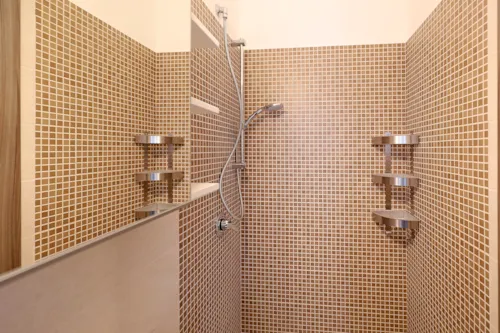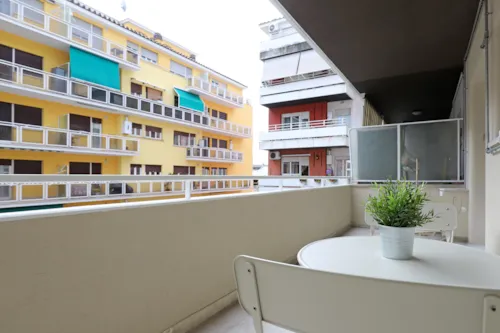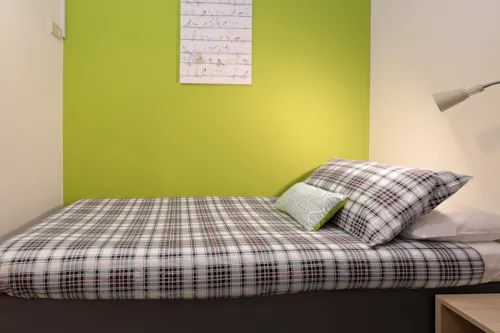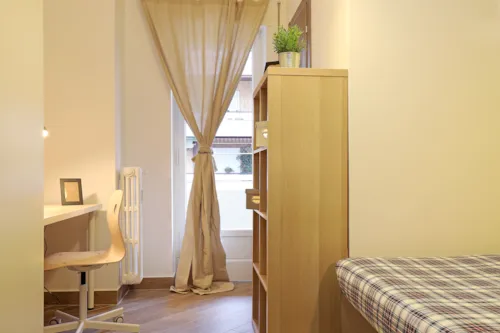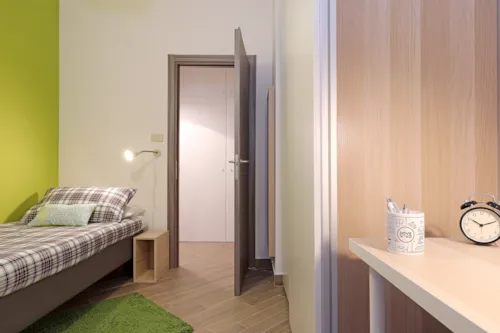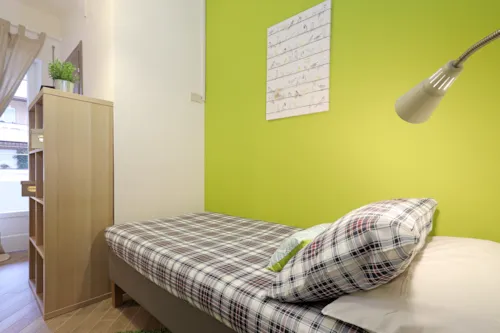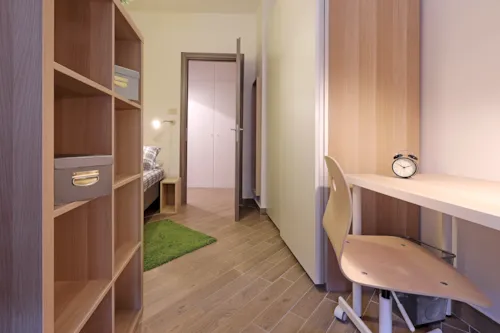
Flaminio & Trieste
The Flaminio district (denoted by Q. I.) is the first in Rome, located in the northern area and named after the Flaminia consular road that runs through it. It lies between this and the left bank of the Tiber.
In the past, it was an almost uninhabited district due to its proximity to the river, which caused a lot of damage when it overflowed. In the course of time, it went through various phases and a progressive process of urbanisation so that today it is considered the cultural centre of the capital.
The Trieste district (denoted by Q. XVII.) is the seventeenth of the city, is located in the central-north area and is nestled between the Monte Sacro, Nomentano, where the Policlinico Umberto I, Salario and Parioli districts.
It is a residential area born in 1926 with the previous name Quartiere Savoia, which was given to it in honour of the royal house. Then, in 1946, with the fall of the monarchy, it assumed its current name and owes it to Corso Trieste, which is the main street that runs through it. Also forming the central axis of the district are Viale Eritrea and Viale Libia, names relating to ancient colonies whose presence has made the eastern area known as the African Quarter.

We have no availability in this neighborhood
What to see and do
Home to some of the greatest works of contemporary architecture, it is a place of historical, cultural and artistic interest, full of attractions to visit.
We start our tour from the Maxxi, National Museum of the 21st Century Arts, this is one of the symbols of the Flaminio district. The building was designed by architect Zaha Hadi and the museum is completely dedicated to contemporary creativity. Temporary exhibitions of photography, art, design, and fashion are also organised.
Continuing with the museums, the National Etruscan Museum is also located here. It houses a representative collection of the Etruscan civilisation, as well as valuable Greek creations.
Strolling through the streets of the district, you will also find yourself in the English-style street known as 'Little London' because it is reminiscent of London's residential quarters. This is a private street that can only be accessed on foot and is characterised by colourful Art Nouveau buildings with gardens and wrought-iron gates.


In the Flaminio district there are also several religious buildings worth visiting: the Basilica of Santa Croce on Via Flaminia, the Church of Sant'Andrea del Vignola, and the Oratory of Sant'Andrea at Ponte Milvio. In this regard, being an area that stretches along the Tiber River, it also has several bridges to cross: one is precisely Ponte Milvio, famous for being the romantic spot par excellence, the one where couples hang their symbolic padlocks. Then there are also Ponte Duca d'Aosta, Ponte del Risorgimento, Ponte Giacomo Matteotti, Ponte delle Musica and Ponte Pietro Nenni.
The Trieste district also offers several attractions to visit: the Complesso Monumentale di Sant'Agnese fuori le Mura that includes the catacombs, the Basilica di Sant'Agnese, the Mausoleo di Costanza and the ruins of the Constantinian Basilica. Also worth seeing are the Fontana delle rane (Fountain of the Frogs) and the surrounding Art Nouveau buildings and Villa Ada Savoia, one of Rome's largest public parks, located in the Parioli district as well as the Auditorium Parco della Musica. It is a multifunctional complex designed by Renzo Piano to host musical and cultural events.
Where to eat and drink
In the charming Flaminio district you can also enjoy great dining experiences, as there are excellent places to eat, have an aperitif or a drink.
Let's take a look at some of the best restaurants in the area where you can find traditional Roman dishes: Osteria Flaminio, a few minutes from Maxxi, an elegant and contemporary atmosphere that remains informal; Ristorante Casa del Gusto, first and second courses and an extensive wine list; Aroma Flaminio, a search for seasonal ingredients.
Other good options: Ristorante Apoteca, Italian, Roman and international dishes, also a choice of craft beers; Pinturicchio 40, quiet and elegant atmosphere and high-quality ingredients; Vecchio Tevere, located right by the river. Or Tiepolo, a restaurant specialising in Mediterranean cuisine and also offering various vegetarian options.
For a change of tastes, Crazy Bull Café, a restaurant specialising in Tex-Mex cuisine, here you will find nachos, burritos, burgers, international beers, wines and cocktails. If you're in the mood for Asian, La Città del Drago, Chinese and Thai cuisine, Lima Chicken Flaminio, for Peruvian specialities, Greco Romano, a Greek tavern offering all the traditional dishes.


For an Aperitivo in the Flaminio district, you can choose between: Metropolita, offering tapas, sandwiches and dishes paired with creative cocktails; Agro Bistrot, sliced meats and cheeses; Cavatappi, a wine bar bistrot, excellent wines and appetisers; Kilmoon, the neighbourhood pub, beers, sandwiches, burgers, and fries.
Let's move on to the Trieste district, here again you will be spoilt for choice, among the restaurants you have: Osteria Dar Nasone, a modest place, traditional dishes and fresh pasta; Al Cantuccio, very good first courses; Osteria Chiana, Roman first and second courses in a retro place; Trattoria da Ettore, family-run and with the flavours of yesteryear.
Instead, for aperitifs in the Trieste area: Misto, excellently mixed cocktails and internationally inspired dishes; Helice Lounge Bar, complete offer from breakfast to drinks; Crash Roma, wine bar with excellent sandwiches, gourmet products and also live music; Dietro le Quinte, before and after dinner, happy hour and cafeteria.
We also recommend, in the Parioli area, Duke's, an old bistro and cocktail bar with an open-air terrace; Enoteca Parioli, plentiful chopping boards and excellent wines; Palmerie, a lively sushi and noodles place to accompany refined cocktails.

Bologna Square in Rome
Here we also tell you about Piazza Bologna in Rome because it is a focal point in this area of the capital. It is located not far from the metro stop, Policlinico, in fact nearby is also the Policlinico Umberto I with its various institutes. It is also quite close to Roma Tiburtina Station, as well as being perfectly connected by public transport to other areas of the city.
From Piazza Bologna, you can quickly reach the Trieste district and Viale Libia, where you can find various shops for shopping, or go to the adjacent Parioli district.
This is one of the best-known squares in the city and is a reference point for university students who frequent these areas assiduously. The surrounding neighbourhood is lively and bustling, where university life and the daily life of the locals coexist perfectly.
There are large trees that provide a touch of greenery and shelter from the sun and mugginess during the hottest days. Moreover, both the square and its surroundings are equipped with shops and services for every need.
Not far away is also Villa Torlonia, a historic residence of Mussolini that has now become a museum villa. The area is convenient for living or spending leisure time knowing that you are within walking distance of the attractions of Flaminio, Trieste and Parioli.

Some questions?
Have more questions?
